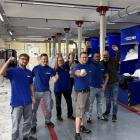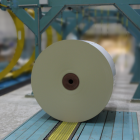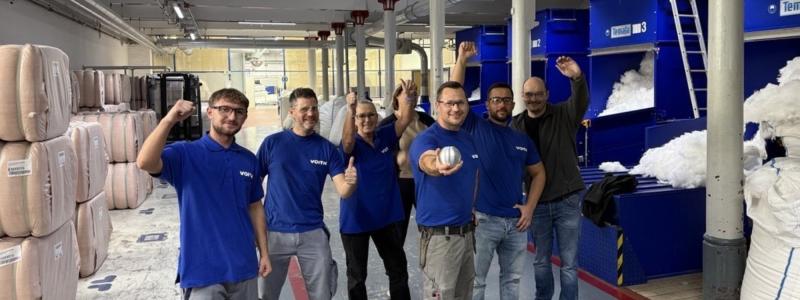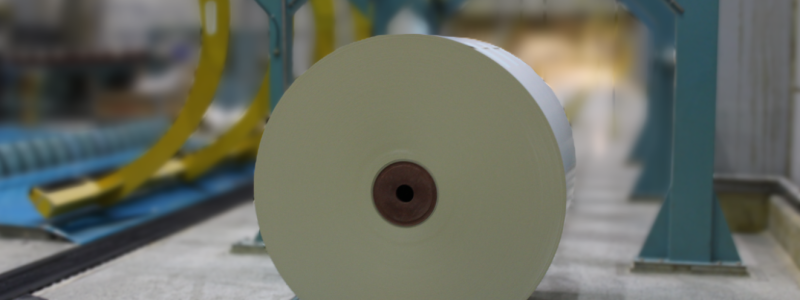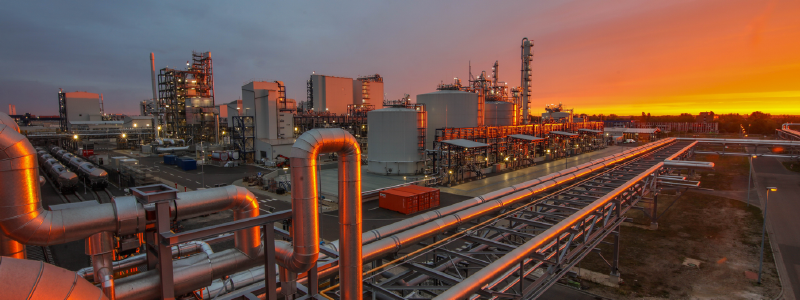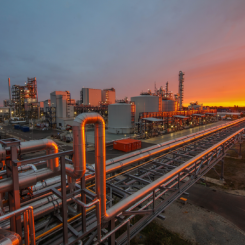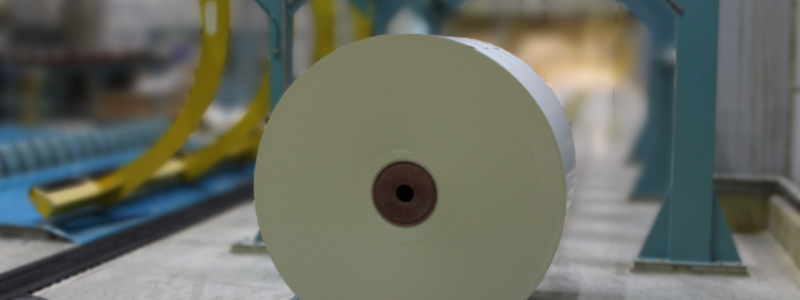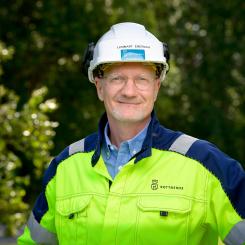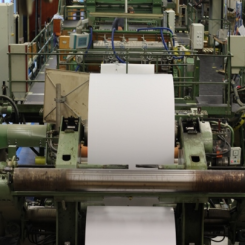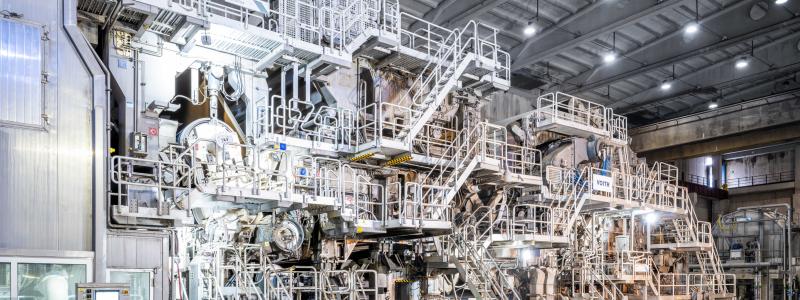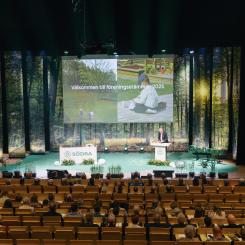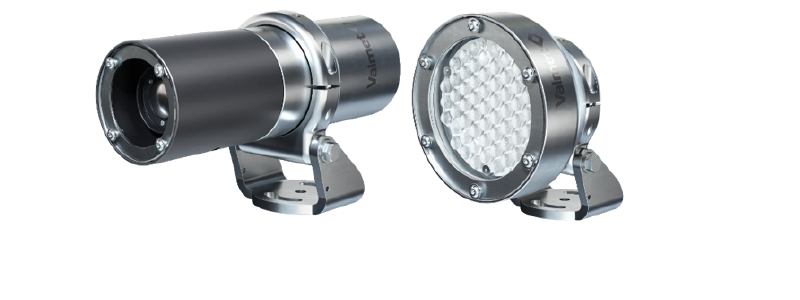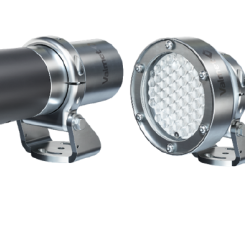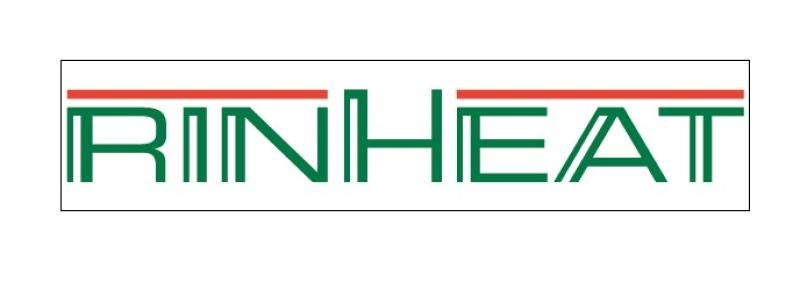The art of making paper has a long tradition in the Czech Republic with the first paper mill dating back to the middle ages. Today Mondi Štětí is proud to be the country’s leading paper mill in terms of size of the mill, production rates, and environmental responsibility.
Roman Senecký, MD Mondi Štětí, says:
“Mondi Štětí’s success is built on more than 70 years of paper-making tradition, and as one of the largest employers in the Ústí region we are proud of the contribution we make to the local community. I would like to express my thanks to our employees past and present, and their families, who have helped us to build a strong company that is able to compete as a leading European paper-maker.”
After the Second World War, packaging paper reserves were all but depleted. The need for a new paper mill led project planners to a small town on the right bank of the Elbe river, Štětí, where a sugar refinery had recently ceased operation. A paper mill was founded in its place in 1949 under the trade name “Národní podnik Severočeské papírny” (National North Bohemian paper mill). Three years later manufacturing commenced and the very first reel of paper emerged from the production line. In the coming decades, the site developed into largest paper mill in what was then Czechoslovakia.
After the Velvet Revolution of 1989 and further democratisation of the country, the vast majority of companies were privatised. After several periods of short private ownership, the mill finally landed in the hands of Mondi Group in 2000. Ever since Mondi has continued the paper manufacturing tradition, investing in the mill and its people, and sharing expertise from its global network to take the mill from strength to strength. Mondi has become a respected patron of the region, providing attractive permanent jobs for around 850 people and contributing to the local economy.
Since joining the Mondi Group, the mill has undergone significant investments and improvements, increasing production by 50%, enhancing the product mix, and reducing its environmental footprint including now being 100% electricity self-sufficient.

